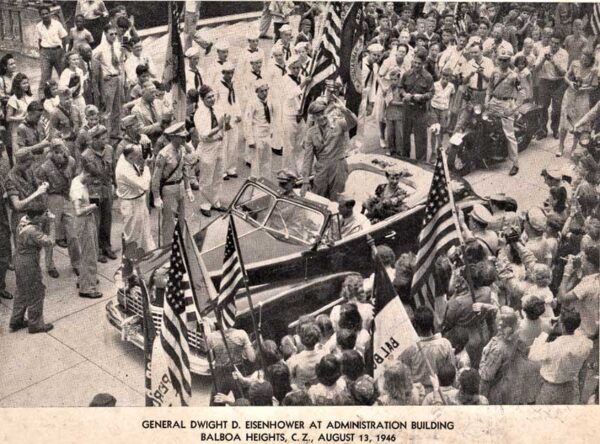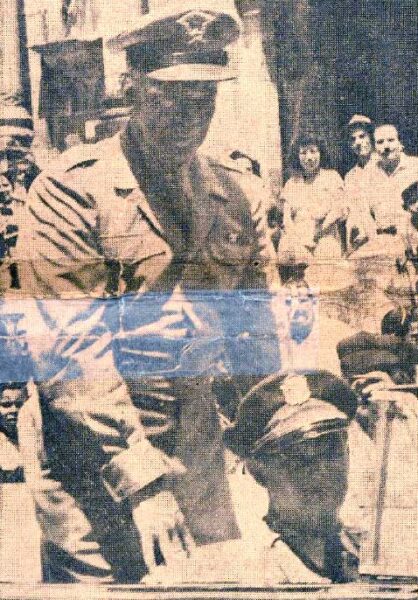Dwight Eisenhower and his influence on the Canal question
“Nothing will destroy the strategic value of the Panama Canal.” This was one of the statements that the then four-star […]
“Nothing will destroy the strategic value of the Panama Canal.” This was one of the statements that the then four-star general and future president of the United States, Dwight Eisenhower, made during his visit to the isthmus in August 1946, 75 years ago. Sheltered by the fame acquired by having been one of the architects of the Allied victory in World War II, Eisenhower came to “pay tribute to the Republic of Panama as a member of that great war team“.

Stationed in Panama
Eisenhower was no stranger to Panama. He had lived on the isthmus between 1922 and 1924, serving a tour of duty as an executive officer under General Fox Conner, who would become his famous mentor. On a curious note, Eisenhower underwent a low-risk operation on his mission in Panama. He also acquired a permit to canoe in Canal waters.
The visit
How important was his visit in August 1946? During his short two-day stay, he met the effusiveness of the Panamanian people and was awarded the Vasco Núñez de Balboa order. This trip can even be considered an attempt to measure his fame, strength and weight in electoral matters. In fact, a photo of the time may show us what perhaps the most important event of that visit was: the general appears crossing Central Avenue in a convertible with a young Panamanian colonel at the wheel, José Antonio Remón Cantera.

The decision
Eisenhower’s destinies with the isthmus intermingled again when he visited Panama in 1956, within the framework of the meeting of the presidents of the Republics of the Americas. In the penultimate year of his presidency (1960), Eisenhower, unilaterally and voluntarily, took the decision on behalf of the United States government to order the Panamanian flag to fly next to the United States flag in the Shaler Triangle (adjacent to the National Assembly building). Was this decision a direct consequence of the flag planting that in 1958 a group of 75 young Panamanian university students carried out in the Canal Zone? Was Eisenhower measuring the social and political pressure in the area, and trying to mitigate any conflict that could exacerbate the Canal issue? One can only imagine the influence that a young military officer and later president of the United States had on the destinies of the Panamanian nation.